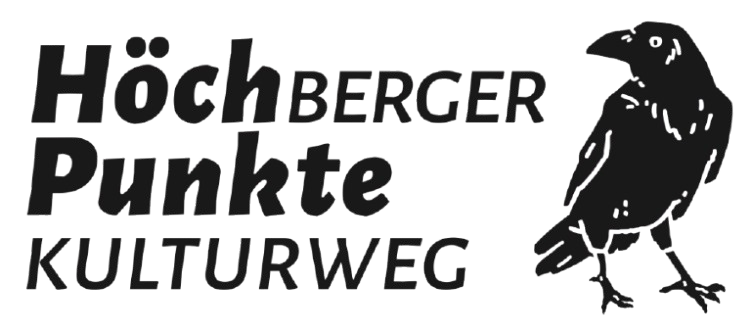Witches´ Quarry
The history of the name
The name Hexenbruch (witches’ quarry) in the meadows of „Im Roth“ is first found on a Würzburg city map from 1810, which shows an abandoned quarry in the Würzburg district between Wittelsbach Höh and Allerseeweg. Due to re-municipalisation is a part of that area now part of the Höchberg district.
The name commemorates the execution of the alleged witch Renata Singer, Subprioress of the Unterzell monastery, on 21 June 1749.
The sentence was ‘beheading and burning of the body’. After the execution at the fortress, the nearby quarry on the outskirts of Würzburg was chosen as the site of the pyre.
The name Hexenbruch (witches’ quarry) stuck and over time spread to the whole mountain. Renata Singer was probably the only witch to be burned at Hexenbruch.
Historical facts
The slopes of the Höchberger Roth were mainly used for wine growing.
In 1712 was Emperor Charles VI’s route from his coronation in Frankfurt via Würzburg
to Vienna, probably over this ridge, today’s Hexenbruch.
In 1800, the French besieged the fortress and fired on it from the direction of Höchberg.
In 1816, the Bavarian army built a powder magazine with a guardhouse and laboratory. These were the first three houses on the Hexenbruch. Remains have been preserved on Allerseeweg. 1
After the end of the Second World War, barracks for displaced persons and refugees stood on the site.
In 1967, the municipality of Höchberg acquired the site and sold it on to a property developer group.
The development of the Hexenbruch district began with the conversion of agricultural land into building land and thus being home to approximately 4,000 people (in 2023).
In the 1960s, the first terraced housing estates and the Mainland Centre school and sports centre were built, followed by high-rise buildings. 2
Quarries
The appearance of the Hexenbruch was characterized by quarries that were up to 15 m deep. Stones were quarried from shell limestone, to be used as paving and wall stones. Lime was also burnt in two of the quarries. After the quarries were closed down, they were backfilled (partly with rubble from the bombed-out Würzburg), which made the load-bearing capacity of the ground considerably more difficult for later development. 4
A large quarry belonged to the founder of the Würzburg construction company Friedrich Buchner, who came to Würzburg as a state construction assistant to build the Würzburg main railway station (1865/1866).
Due to a lively construction activity, he left the civil service to become self-employed. Buchner`s company built the Luitpold- and Ludwig bridges and the state harbour in Würzburg.
Lakes
There are two streets in Hexenbruch whose names refer to lakes, Allerseeweg and Seeweg. Those two lakes do not exist anymore, nowadays.
The name Allersee is derived from a shallow depression in which water collected. The pond itself, however, had disappeared in the 19th century at the latest. The cadastral map of 1834 shows only arable land in the entire Allersee area. The name was later used for a hollow on the north side of today`s Allerseeweg, where meltwater collected after harsh, snowy winters.
The name Seeweg can be traced back to a large lake that formed in a depression every spring. This was filled in in the 1950s and the lake had since diappeared. 5,6
